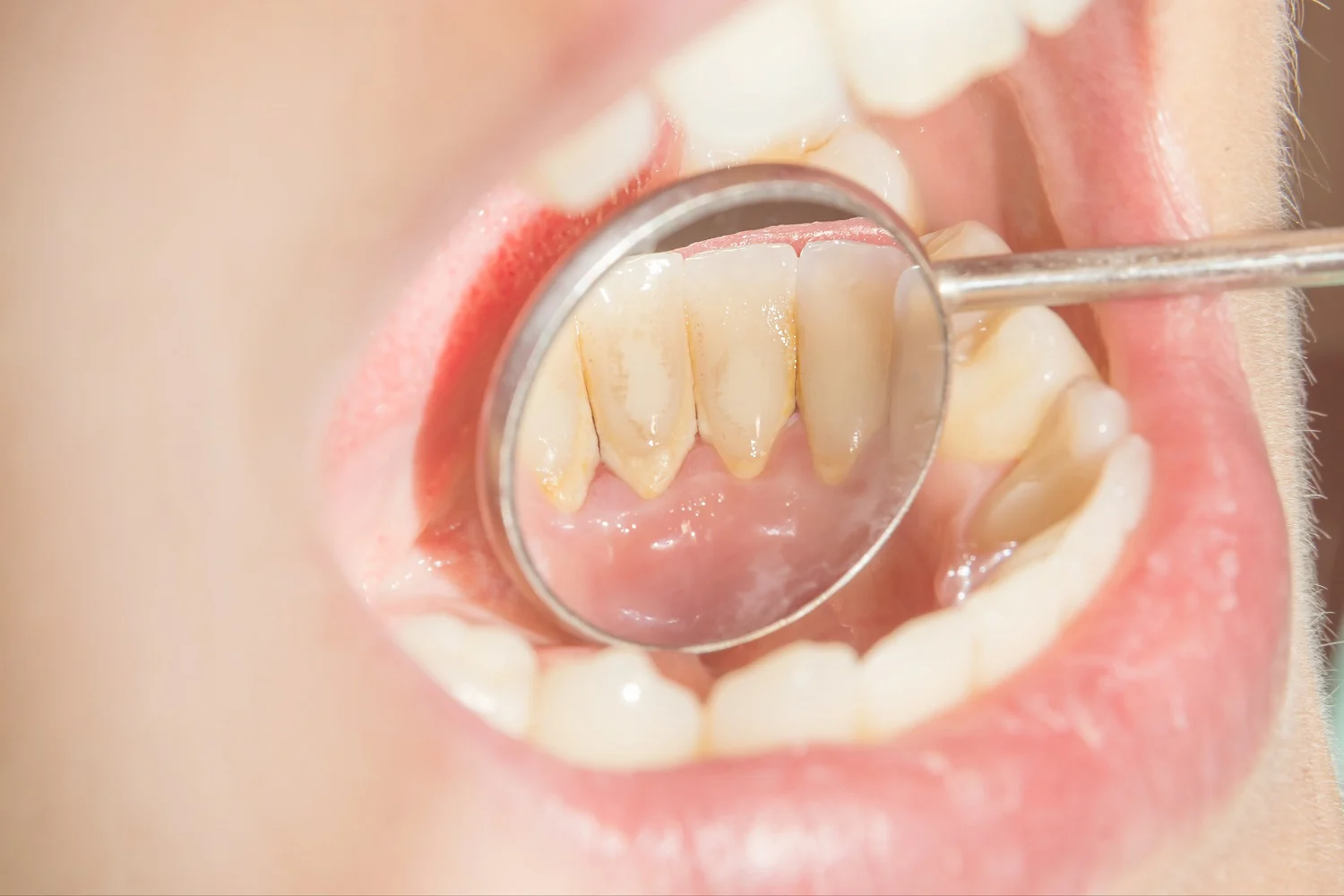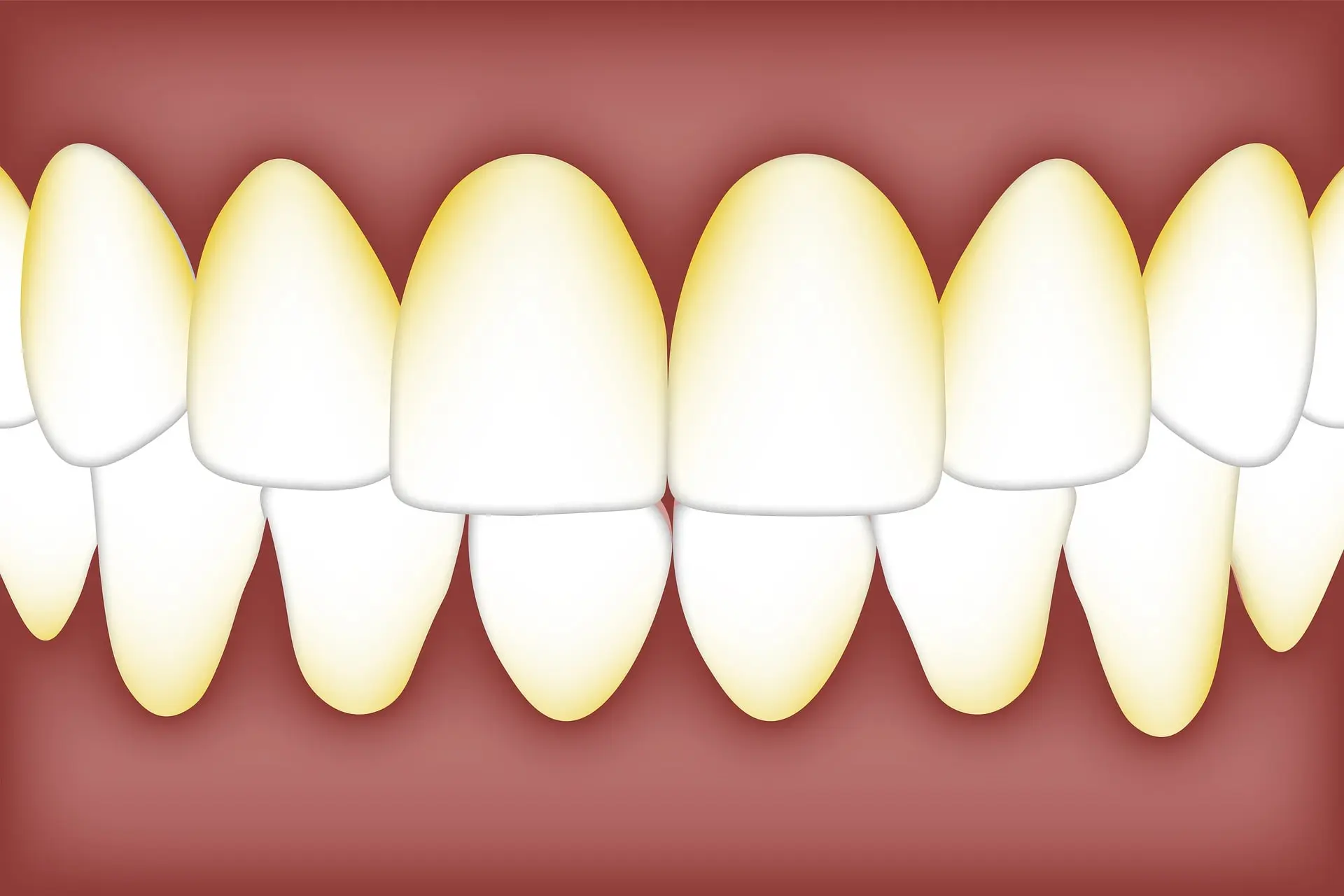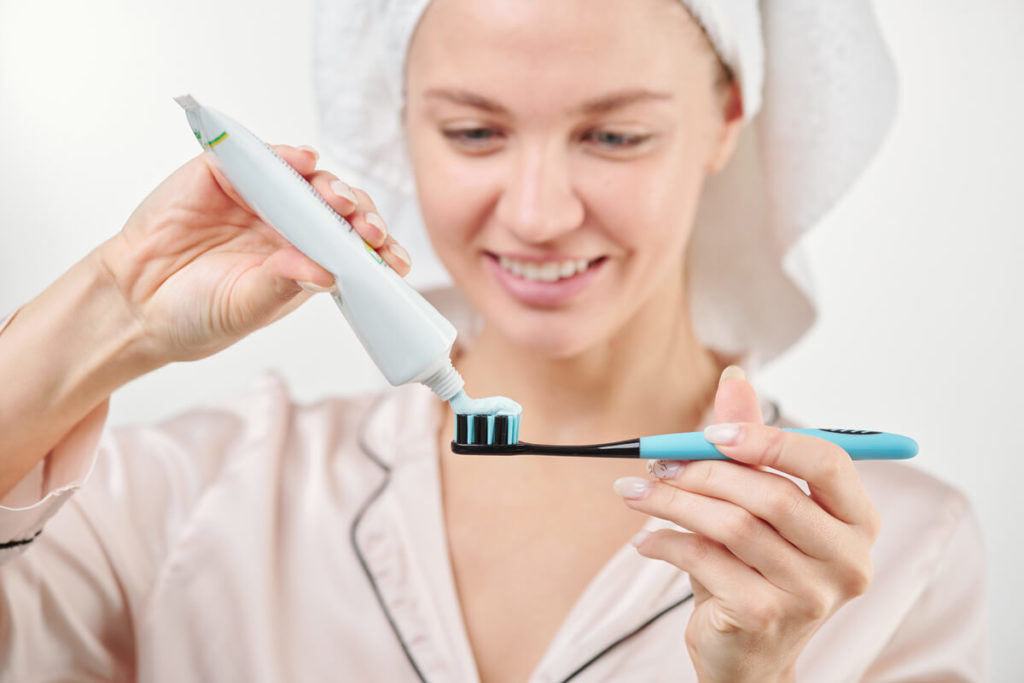Last Updated on: 4th December 2024, 04:47 pm
In any dental practice, patients have always been informed that bacterial plaque is deposited on the gum margin and plays an important role in the development of periodontal disease; therefore, it has been extensively studied and documented, which raises the question- what is tartar? This has shown the importance of dental hygiene and indicated the type of brush, dental floss, rinses, and all kinds of products for its elimination, as well as brushing techniques to prevent it from becoming a problem.
Therefore, it is key when brushing your teeth to have a good brush, maintain a defined frequency, and consult with your dentist as to the best technique or products to keep your gums healthy. Since the first thing you notice when you meet a person is their smile, healthy teeth are necessary to provide an aesthetic and pleasant appearance.
What is Tartar?
Tartar is known as dental calculus, a substance generated by the accumulation of dental plaque that, together with the minerals contained in saliva, bacteria, and food residue left in the mouth hardens and deposits itself on the edge of the tooth at the gum. This forms a film that sticks to and covers the tooth enamel.
Tartar buildup is usually located on the inside of the teeth and depending upon how long it has been there, it can be yellow or brown in color. When it is not removed and left to advance for a long time, it is possible that it will present other types of dental health problems such as:
- Bad breath
- Enamel damage
- Gum disease
How does Tartar Affect Teeth and Gums?
When the tartar reaches below the gumline, it is known as subgingival tartar, and it develops in the blood vessels within the gums. Therefore, when it comes into contact with blood, it takes on a black pigmentation when mixed with proteins. This is called black tartar. Over time, this not only affects one’s health, but it is also cosmetic since yellow or brown teeth can be unpleasant to look at, thus affecting self-esteem and social life, and possibly being perceived as poor dental hygiene.

Even before it happens, there is already an effect on oral health, altering the balance in the oral cavity and starting different conditions that can lead to gum disease. Over time this leads to a series of diseases and symptoms such as:
- Halitosis: constant bad breath as a result of sulfate-generating bacteria.
- Caries: loss of enamel areas where pathogens accumulate that damage the tooth or nerves.
- Gingivitis: irritation, inflammation, and redness of the gums due to tartar deposits.
- Periodontitis: aggravation of gingivitis due to accumulations of tartar in the non-visible part of the gums.
- Dental abscesses: a pocket of pus that grows on the gums and looks like a red swollen ball. It comes from gingivitis or periodontitis.
- Systemic diseases: such as cardiovascular and digestive problems.
- Stained and unknown teeth: tartar deposits can easily stain teeth due to their porous surface. Beverages such as coffee, tea, and wine and smoking or using tobacco cause the most severe staining.
How to Prevent Tartar Buildup?
The best way to prevent these situations from progressing and harming your dental health is to not allow tartar to form on your teeth by applying good oral hygiene. Here are some tips:
- Brushing at least twice a day for two minutes is perhaps the main reason why tartar does not form. If we apply a brush with less time, for example, 30 seconds, it will not remove plaque or prevent tartar.
- The selection of a suitable brush is very important when applying the paste and depending upon the conditions of each person, it can be soft or hard; The important thing is that the size be suitable for your mouth and that it does not hurt you when brushing. It is important to reach all surfaces, even the most difficult areas behind the teeth and in the deepest molars. According to some studies, electric brushes can remove plaque better. Regardless of which one you are using, always check that it has the ADA logo as the seal of approval.
- Toothpaste: it is important to have a toothpaste that helps control tartar or, in the best of cases, fluoride toothpaste. In different studies, it has been shown to be better at preventing cavities and, in turn, tartar. There are other toothpaste such as those that contain baking soda (they help to remove plaque very well due to their abrasive effect) and those that are charcoal-based (an investigation by the Journal of the American Dental Association has not shown that they are effective for tartar control).
- Whitening strips: some studies have established that hydrogen peroxide with pyrophosphate helps minimize the formation of tartar more than brushing the teeth.
- Tea: since ancient times, this has always been a cleaning method due to its antimicrobial activity. A study in 2016 found that infusing tea as a drink or rinse can help minimize the number of bacteria in the mouth.
- A diet rich in fruits and vegetables: since some are hard, they promote the production of saliva; and when biting, the friction together with the saliva helps eliminate plaque produced by bacteria.
- Flossing is the most effective way to remove plaque between your teeth and keep tartar off them. It should be used regularly for best results.
- Mouthwash: As defined by the ADA, mouthwashes that contain ingredients that keep bacteria in check such as acetylpyridine, chlorhexidine, and some essential oils, can fight plaque and tartar. However, it just doesn’t have the same effect when combined with brushing, toothpaste, and flossing.
- Take care of your eating habits: It is important to consume foods low in sugars and fats since they are the food of choice for the growth of bacteria, as well as the carbohydrates that stick between the teeth. They induce bacteria release acids which are harmful to tooth enamel. Let’s not eliminate their consumption, but in excess, they can be harmful. It is wise to accompany them with water and brush after eating.
- Smoking or vaping: Nicotine in conventional or electronic cigarettes has been identified as an important factor in the generation of tartar and increased plaque.
Conclusion
The most important tip of all is to have regular check-ups with your dentist since he can perform a proper deep cleaning. He can also guide you on which products are most favorable according to your general health condition and/or oral health, and also according to your age. In particular cases, the use of mouthwashes and toothpaste with fluoride varies with age.
Once the tartar has been formed, a dental professional will be able to remove it from your teeth. A review every 6 months to remove plaque and tartar is the best option to maintain a healthy mouth.
Contact us
If you have any questions about this or other topics, you can contact us at Channel Island Family Dental as well as our Facebook page. We look forward to your visit and we will make a timely diagnosis. Our dentists in Oxnard, Saint Paula, Venture, Newbury Park, and Port Hueneme will be able to guide you towards the best treatment to take care of your health and give you back your best smile.
Bibliography
- Goyal CR, Lyle DM, Qaqish JG, Schuller R. Evaluation of the plaque removal efficacy of a water flosser compared to string floss in adults after a single use. J Clin Dent. 2013;24(2):37-42. PMID: 24282867. (Accessed Oct 26, 2022). Available in: https://pubmed.ncbi.nlm.nih.gov/24282867/2
- Lashkari C. What is Tartare?. News Medical Life Sciences, News-Medical.net (Internet). Updated on Feb 27, 2019; (Accessed on Oct 26, 2022). Available in: https://www.news-medical.net/health/What-is-Tartar.aspx
- Parker, H. What is Tartar? 6 Tips to Control Buildup. WebMD (Internet). Posted on Aug 23, 2020; (Accessed on Oct 26, 2022). Available in: https://www.webmd.com/oral-health/guide/tartar-dental-calculus-overview#:~:text=Tartar,%20also%20called%20calculus,%20forms,tools%20in%20the%20dentist
- ICPA Health products ltd. What is tartar and how bad it really is for your oral health?. ICPA vision to a healthy future (Internet). Posted on Jun 14, 2018; (Accessed on Oct 26, 2022). Available in: https://www.icpahealth.com/blog/what-is-tartar-and-how-bad-it-really-is-for-your-oral-health/
- Abellon, C. How to Remove Plaque and Tartar. Healthline (Internet). Posted on Apr 09, 2019; (Accessed on Oct 26, 2022). Available in: https://www.healthline.com/health/tartar-removal

















